The project “Long term effects of fire on carbon and nitrogen pools and fluxes in the arctic permafrost and subarctic forests”, (2015 – 2018) is funded by the Academy of Finland under the Arctic Research Programme (ARKTIKO).
Permafrost melting threatens to release vast amounts of carbon to the atmosphere, but exact interactions between ecosystem disturbances, permafrost melting, soil organic matter (SOM) decomposition and vegetation productivity are not known. The acceleration of biological processes such as decomposition and below ground carbon input and carbon allocation of trees and associated priming effects following forest fires in the arctic region may lead to large changes in CO2, CH4 and N2O fluxes. These processes evidently alter the C and N turnover rate of the remaining SOM, which may ultimately affect the net primary production (NPP) of the forest ecosystem causing feedback mechanisms to carbon uptake and eventually atmospheric CO2 concentration.
AIMS
- We will study how the forest fires affect the biologically active layer on top of the permafrost by measuring biogeochemical properties of the soil e.g. soil carbon and nitrogen content, microbial species composition as well as greenhouse gas fluxes.
- We will also measure the changes in soil surface reflectance and the depth of the permafrost layer
- Finally, we will combine the measured data for developing and parameterizing process based ecosystem models to predict the effect of forest fires on forest carbon and nitrogen dynamics in the arctic.
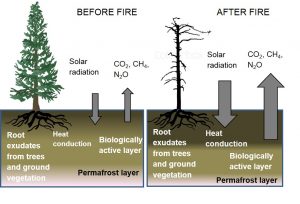
Figure: Schematic presentation of the changes taking place in the permafrost layer and the research approach used in the study.
METHODS
The project will be based on intensive field measurement campaigns which will be carried out in arctic forests in Northern Yukon Canada, in Tura in Central Siberia and in Värriö in Finish Lapland. The campaigns will be carried out in forests with different time since the last fire.
For today we have conducted two measurement campaigns (in 2015 in Yukon and Northwest territories in Canada and in 2016 in Tura in Central Siberia). In both campaigns, we took samples for soil chemical fractionation and for determining soil organic matter decomposition and turnover rate of carbon in the soil. We also measured greenhouse gas fluxes (CO2, CH4 and N2O) and in 2016 also Biogenic Volatile Organic Compounds (BVOCs) from soil surface. Our first results from Canada show that forest fires increased the active layer depth and greenhouse gas emissions and the effects of fire lasted for several decades. Time since the last fire is the main factor affecting soil greenhouse gas fluxes. Generally soils were sources of CO2 and N2O and sinks for CH4. Soil temperature affected the uptake of CH4, and the N2O fluxes were influenced by nitrogen and carbon content of the soil and the active layer depth. The first results have been recently published in Köster et al. (2017) Science of the Total Environment 601-602: 895-905.
In 2016-2017, we have also conducted laboratory incubations, soil organic matter fractionations and analyses of microbial biomasses for the soils collected from Canada in 2015. The preliminary results show that the temperature response of soil organic matter decomposition is also affected by soil depth and the time since the last fire which also has implications to the CO2 emitted from the soil. Thus, the fires really seem to have an impact on the decomposition of permafrost carbon reservoir. Also, our preliminary results show that forest fires affect the availability of soluble nutrients and microbial biomass, and these effects last for a long time after fire.
Currently, we are analyzing the effects of forest fires in the Canadian soil on the microbial species composition and functional genes using next generation sequencing and functional gene arrays. These analyses will help us to link the changes in biogeochemical processes to changes microbial population after fire, and enable more detailed process based analyses on the effects of fire on greenhouse gas fluxes and soil organic matter decomposition.
Northern Yukon, Canada
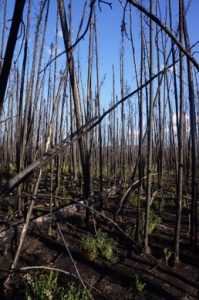
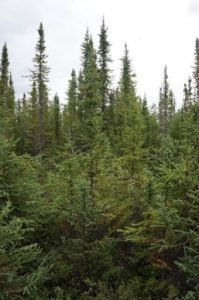

Tura, Central Siberia, Russia
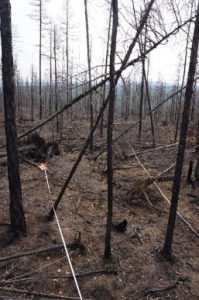

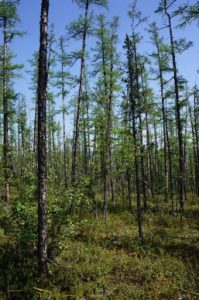
Principal investigator: Prof. Jukka Pumpanen (University of Eastern Finland)
More information: